Best movies like Baptism of Fire
A unique, carefully handpicked, selection of the best movies like Baptism of Fire Starring Elisha Cook Jr., Walter Sande, Peter Whitney, and more. If you liked Baptism of Fire then you may also like: A Way Out of the Wilderness, The Wolf Men, The Naked Eye, The New Lot, Other Voices and many more popular movies featured on this list. You can further filter the list even more or get a random selection from the list of similar movies, to make your selection even easier.
Baptism of Fire is a 1943 American documentary, meant to be an Army training film starring Elisha Cook Jr. It was nominated for an Academy Award for Best Documentary Feature.
You may filter the list of movies on this page for a more refined, personalized selection of movies.
Still not sure what to watch click the recommend buttun below to get a movie recommendation selected from all the movies on this list
The Wolf Men
The Wolf Men [also known as Wolves and the Wolf Men) is a 1969 documentary film produced by Irwin Rosten. It was produced for the GE Monogram documentary series on NBC. The film follows naturalists as they fight to save rapidly vanishing species of wolves. It was nominated for an Academy Award for Best Documentary Feature.
The Naked Eye
The Naked Eye is a 1956 American documentary film about the history of photography directed by Louis Clyde Stoumen. It was nominated for an Academy Award for Best Documentary Feature.
The New Lot
A new batch of Army recruits, from diverse backgrounds and with varying degrees of commitment, is shaped into an efficient fighting unit.
Other Voices
Other Voices is a 1970 documentary film directed by David H. Sawyer. The film follows Dr. Albert Honig, one of the most controversial Doctors of his era, as he demonstrates various techniques he has employed in his treatment of comatose, catatonic, schizophrenic, and autistic patients. It also follows a handful of patients living in a rural setting in Doylestown, Pennsylvania during their daily activities and during treatment sessions with Dr. Honig. It was nominated for an Academy Award for Best Documentary Feature.
Rebel in Paradise
Rebel in Paradise is a 1960 American documentary film on the artist Paul Gauguin produced by Robert D. Fraser, a San Francisco real estate developer. It was nominated for an Academy Award for Best Documentary Feature.
Journey Into Self
Journey into Self is a 1968 documentary film introduced by Stanley Kramer, and produced and directed by Bill McGaw. The film portrays a 16-hour group-therapy session for eight well-adjusted people who had never met before. The session was led by psychologists Carl Rogers and Richard Farson. The participants included a cashier, a theology student, a teacher, a principal, a housewife, and three businessmen. It won the Academy Award for Best Documentary Feature in 1968.
Journey Into Spring
Journey into Spring is a 1958 British short documentary film directed by Ralph Keene, and made by British Transport Films. The film -- partly a tribute to the work of the pioneering naturalist and ornithologist Gilbert White (1720-1793), author of The Natural History of Selborne -- features a commentary by the poet Laurie Lee, and camerawork by the wildlife cinematographer Patrick Carey. The journey suggested by the title is through time rather than space. In fact, two such journeys are made: the first back to the eighteenth century to pay tribute to the work of White, and the second studies the changing natural landscape near White's home town of Selborne in Hampshire between a typical March and May. It was nominated for two Academy Awards -- one for Best Documentary Short, and the other for Best Live Action Short.
Kenji Comes Home
Kenji Comes Home is a 1949 documentary film produced by Paul F. Heard. Written and directed by Charles F. Schwep, it was filmed on location in Japan and employed native actors. The film is the story of Kenji, a repatriated prisoner of war in Japan, and his difficulties in settling down. He is torn between the glowing promises of communism and ideals of his girlfriend Aki's Christian religion. The film was nominated for an Academy Award for Best Documentary Feature.
A King's Story
A King's Story is a 1965 British documentary film directed by Harry Booth about the life of King Edward VIII, from his birth until abdication in 1936. It was nominated for an Academy Award for Best Documentary Feature.
The Atomic Cafe
A disturbing collection of 1940s and 1950s United States government-issued propaganda films designed to reassure Americans that the atomic bomb was not a threat to their safety.
Camouflage
This film is a treasure. It's one of the best examples of the theory and practice of the art of camouflaging military targets from air observation & attack that you'll find anywhere, presented in a highly entertaining Disney style full color animation supplemented by live action film. Hosted by “Yehudi the Chameleon,” the action is centered around a P-39 Airacobra base in the Pacific and is chocked full of useful information & “how-tos.” Some of the many things you'll learn: how camouflage works in Nature, analyzing the specific camouflage needs of your location, theories and application of different camouflages, hiding in shadow, using camouflage netting, creating dummy targets, breaking up distinctive shadow lines that outline structures, concealment by “blending,” making “trees,” hiding routes & paths or creating fake ones, hiding targets in plain sight by adding minimal camouflage and more.
The Challenge... A Tribute to Modern Art
The Challenge... A Tribute to Modern Art is a 1974 American documentary film directed by Herbert Kline. The film shows footage of great modern artists in their studios creating and commenting on their work, with narration and commentary by Orson Welles. It was nominated for an Academy Award for Best Documentary Feature.
Go for Broke!
A tribute to the U.S. 442nd Regimental Combat Team, formed in 1943 by Presidential permission with Japanese-American volunteers. We follow the training of a platoon under the rueful command of Lt. Mike Grayson who shares common prejudices of the time. The 442nd serve in Italy, then France, distinguishing themselves in skirmishes and battles; gradually and naturally, Grayson's prejudices evaporate with dawning realization that his men are better soldiers than he is.
High Schools
High Schools is a 1984 American documentary film produced and directed by Charles Guggenheim. It is based on Ernest L. Boyer's book, High School, and was filmed on location in seven American high schools. The film was nominated for an Academy Award for Best Documentary Feature.
There's Something About a Soldier
Five officer candidates fight to prove their mettle during training.
Undercover: How to Operate Behind Enemy Lines
A training film for OSS agents who are to be dropped behind enemy lines.
The Adventures of a Rookie
Two bumbling GIs manage to get themselves invited to a dinner party at a boarding house "for women only". When the cook comes down with scarlet fever, the authorities quarantine the house and the pair find themselves locked up in a house full of attractive women.
Tunisian Victory
Documentary made by the U.S. Army Signal Corps after the North African campaign.
Springsteen On Broadway
Springsteen on Broadway is a solo acoustic performance written and performed by Tony Award, Academy Award, and 20-time Grammy Award winner Bruce Springsteen. Based on his worldwide best-selling autobiography 'Born to Run,' Springsteen on Broadway is a unique evening with Bruce, his guitar, a piano, and his very personal stories. In addition, it features a special appearance by Patti Scialfa. Netflix will allow global audiences to see the show critics have been raving about from anywhere they are.
The Burger & the King: The Life & Cuisine of Elvis Presley
Before he won the Academy Award for Documentary for Man on Wire, director James Marsh made this lighthearted film about the artery-clogging cravings of Elvis Presley. Marsh’s portrait of Elvis is constructed from the recollections of friends, relatives and Elvis’s favourite cook, Mary Jenkins, who, with help from Elvis’s father, perfected those infamous fried peanut-butter-and-banana sandwiches. The resulting film traces Elvis’s taste from his humble Mississippi start to his Vegas finale with stops along the way in the school cafeteria and army mess hall. Known for his gustatory excess, Elvis was a picky eater whose success manifested itself in quantity not quality. Marsh’s talent is in full effect in this stylish blend of form and content. Lit like an all-night diner, with a colour palette reminiscent of a sparkly Formica countertop, it’s a perfect backdrop for the King and his southern fried fare.
Black Market Rustlers
In this WW II film meant to discourage the purchase of black market beef, the Range Busters are called on to fight cattle rustlers. This time they're up against a gang that strikes fast by hauling the beef away in trucks.
Resisting Enemy Interrogation
A downed American bomber crew quickly falls prey to the clever interrogation techniques of the Germans in this dramatic training film.
Kukan: The Battle Cry of China
Rey Scott received an Honorary Academy Award for this documentary "For his extraordinary achievement in producing Kukan, the film record of China's struggle, including its photography with a 16mm camera under the most difficult and dangerous conditions."
Why We Fight: The Battle of Russia
The fifth film of Frank Capra's Why We Fight propaganda film series, revealing the nature and process of the fight between the Soviet Union and Germany in the Second World War.
The Incredible Machine
The Incredible Machine [also known as Man: The Incredible Machine] is a 1975 American documentary film directed by Irwin Rosten and Ed Spiegel. It follows a "ourney" inside the human body, using advanced technology of microscopic photography and sound, including scenes of heat radiation, color x-rays, and camera exploration of a living human heart. The film is famous for including some of the first pictures ever taken inside the human body and presented on film, using some of the earliest film that medical researchers had taken inside the human digestive tract and bloodstream. It ranked as the most-watched program in Public Broadcasting Service until 1982. It was nominated for an Academy Award for Best Documentary Feature.
Report from the Aleutians
A documentary propaganda film produced by the U.S. Army Signal Corps about the Aleutian Islands Campaign during World War II. The film opens with a map showing the strategic importance of the island, and the thrust of the 1942 Japanese offensive into Midway and Dutch Harbor. Nominated for the Academy Award for Best Documentary Feature.
First Contact
First Contact is a 1983 documentary by Bob Connolly and Robin Anderson which recounts the discovery of a flourishing native population in the interior highlands of New Guinea in 1930 in what had been thought to be an uninhabited area. It is based on the book of the same name by the same authors. Inhabitants of the region and surviving members of the Leahy brothers' gold prospecting party recount their astonishment at this unforeseen meeting. The film includes still photographs taken by a member of the expedition and contemporary footage of the island's terrain. It was nominated for an Academy Award for Best Documentary Feature.
The Really Big Family
The Really Big Family is a 1966 American documentary film directed by Alexander Grasshoff about the Dukes family of Seattle, who had 18 children. It was nominated for an Academy Award for Best Documentary Feature.
Say Goodbye
Say Goodbye is a 1971 American documentary film about the relationship between humans and nature, directed by David H. Vowell. The film depicts the plight of various animal species at the hands of man and his influence. Some segments include the clubbing of seals on the Pribilof Islands, the effect of DDT on brown pelican populations in Texas, and the plight of severely endangered animals. It was nominated for the Academy Award for Best Documentary Feature.
Alaska Wilderness Lake
Alaska Wilderness Lake is a 1971 American documentary film produced by Alan Landsburg. It was nominated for an Academy Award for Best Documentary Feature. The film is based on the book Red Salmon, Brown Bear by Theodore J. Walker.
Against Wind and Tide: A Cuban Odyssey
Against Wind and Tide: A Cuban Odyssey is a 1981 American documentary film about the Mariel boatlift, which was first broadcast on PBS the week of June 1, 1981. Written by John Brousek, the film was nominated for the Academy Award for Best Documentary Feature.
Journey to the Outer Limits
Journey to the Outer Limits is a 1973 American documentary film directed by Alexander Grasshoff. The fillm is a National Geographic documentary about students in the Outward Bound program as they confront themselves while training to climb the Santa Rosa Peak in the Peruvian Andes. It was nominated for an Academy Award for Best Documentary Feature.
Fighting for Our Lives
Fighting for Our Lives is a 1975 documentary film produced and directed by Glen Pearcy. The film documents the striking of California grape workers from Coachella to Fresno as they negotiate for a United Farm Workers (UFW) contract in 1973. The film also depicts their non-violent struggle against police brutality on the picket lines. It was nominated for the 1976 Academy Award for Best Documentary Feature.





















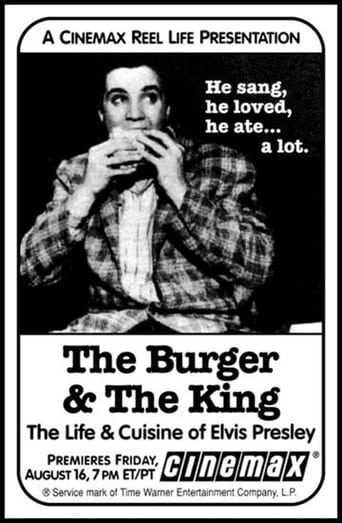





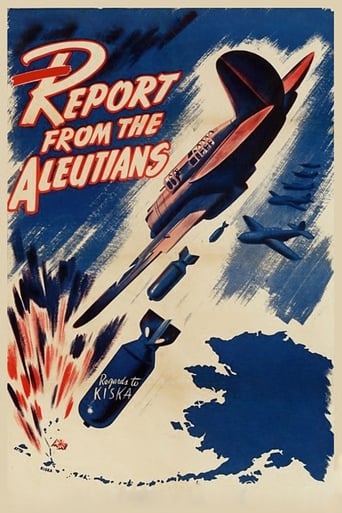
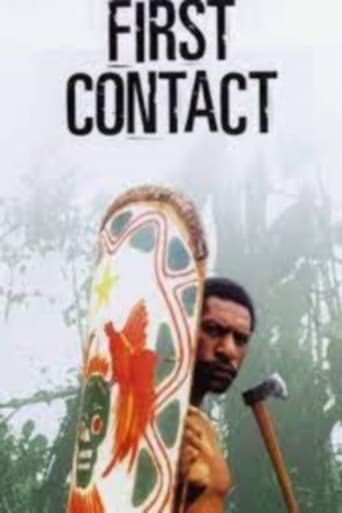
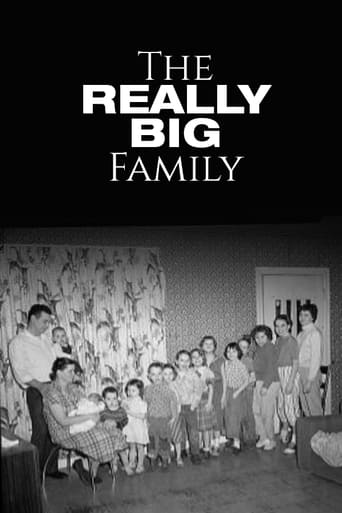





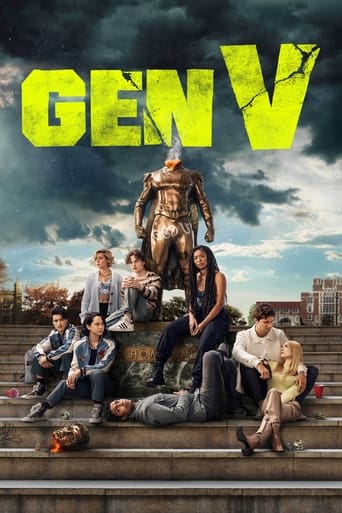
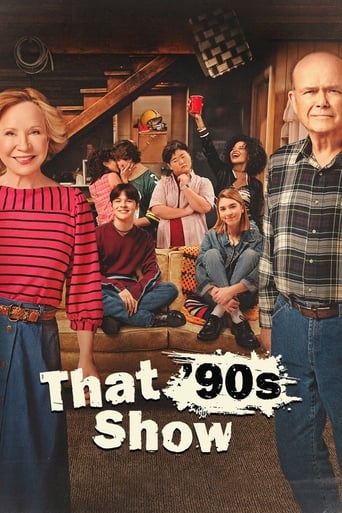
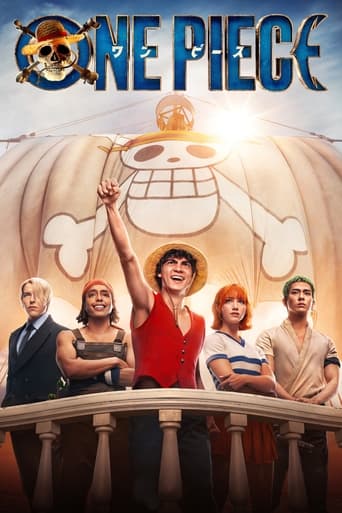
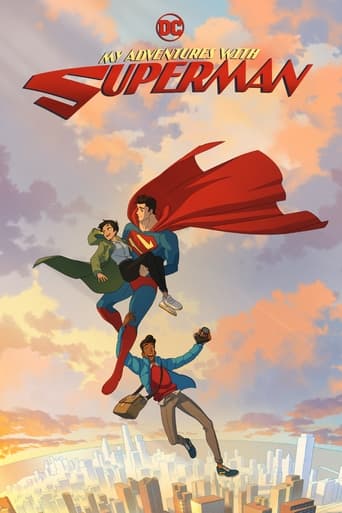
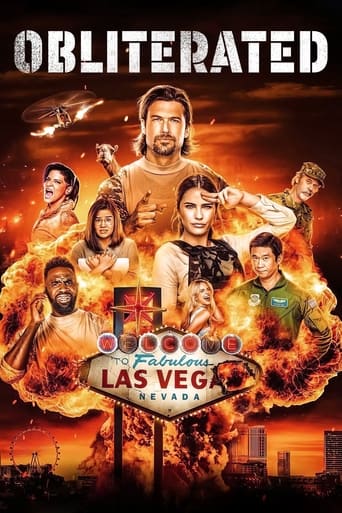
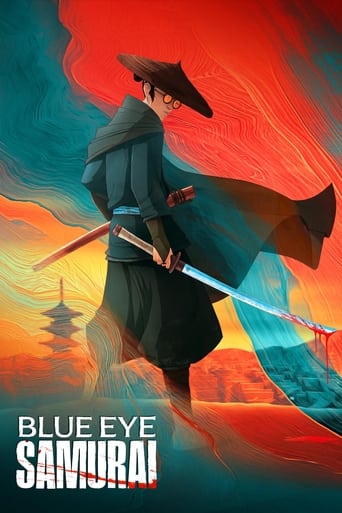
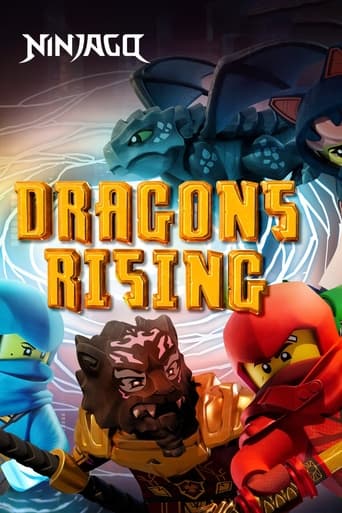
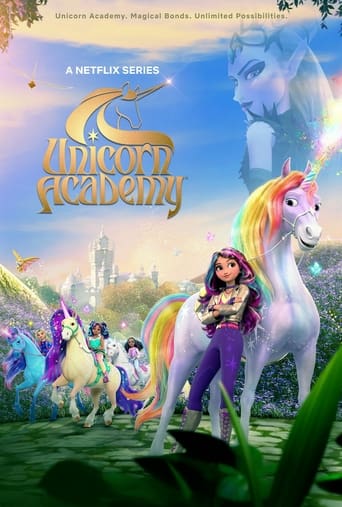



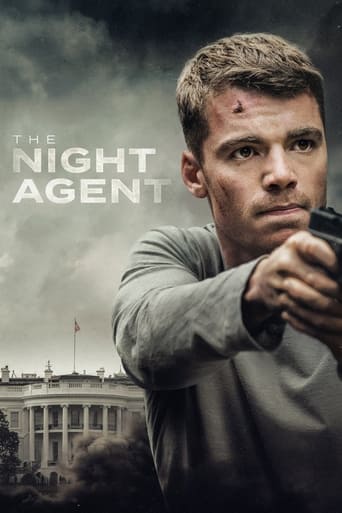
A Way Out of the Wilderness
A Way Out of the Wilderness is a 1968 American short documentary film produced by Dan E. Weisburd. It describes and illustrates steps being taken by the Plymouth State Home and Training School, Northville, Michigan, to bring mentally impaired children out of the wilderness into the mainstream of life. It was nominated for an Academy Award for Best Documentary Short.